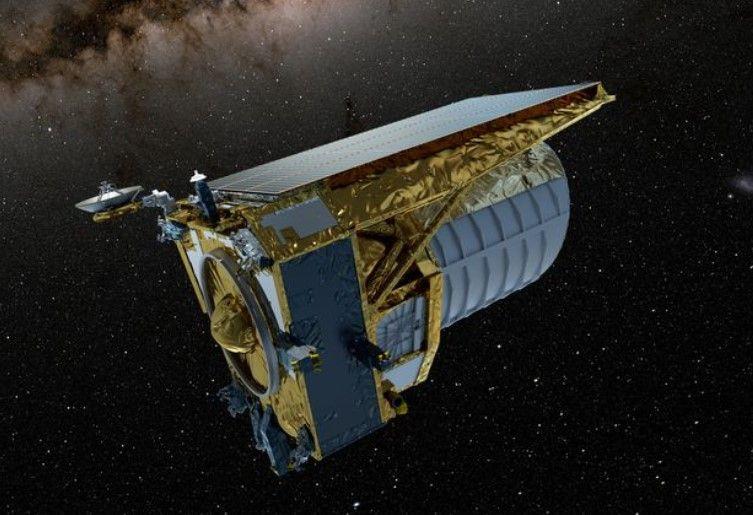INTUSK MAGAZINE
TO THE CORE OF YOUR HEART
Chinese Astronomers Propose an Astrometry Survey to Find Earth-Like Planets
February 8, 2023
Chinese astronomers have proposed a space telescope survey programme called CHES (Closely Habitable Exoplanet Survey) to search for habitable exoplanets 32 light-years from Earth. According to sources, this would be the world's first space exploration mission dedicated to finding neighbouring Earth-like planets beyond the solar system using astrometry.
More than 5,000 exoplanets have been found and confirmed so far, of which about 50 are believed to be habitable terrestrial planets, but most of them are thousands of light-years away.
The programme intends to conduct long-term observations on roughly 100 solar analogues about 32 light-years from Earth, with the goal of discovering terrestrial planets in habitable zones around those nearby solar-type stars for the first time. The programme is expected to discover approximately 50 terrestrial planets or super-Earths.
The Kepler space telescope, launched in March 2009 by NASA with a similar mission to survey the Milky Way galaxy to discover Earth-like planets orbiting other stars, uses the transit method to detect exoplanets. The mission finds planets by looking for tiny dips in the brightness of a star when a planet crosses in front of it.
China's CHES programme will adopt a different approach known as ultra-high-precision relative astrometry.
When compared to Kepler's transit method, the astrometry approach can precisely measure the angular separation between one target star and six to eight reference stars at the micro-arcsecond level. Based on the measurements of these tiny changes, scientists can detect whether there are terrestrial planets around them.
According to the plan, an optical telescope with a 1.2-meter aperture will be launched into a halo orbit near the Earth-Sun L2 Lagrangian point and will remain operational for at least five years, observing 100 stars.



